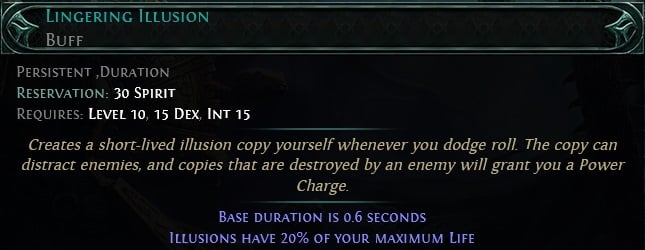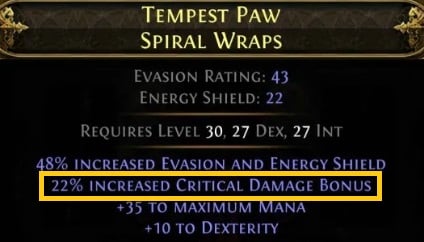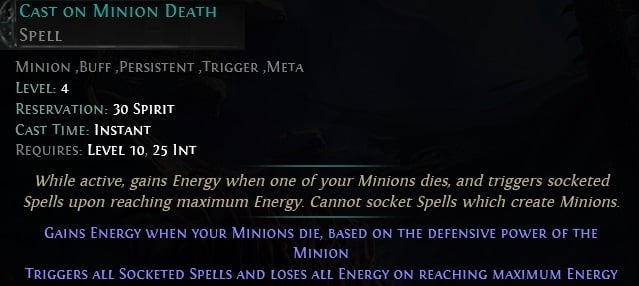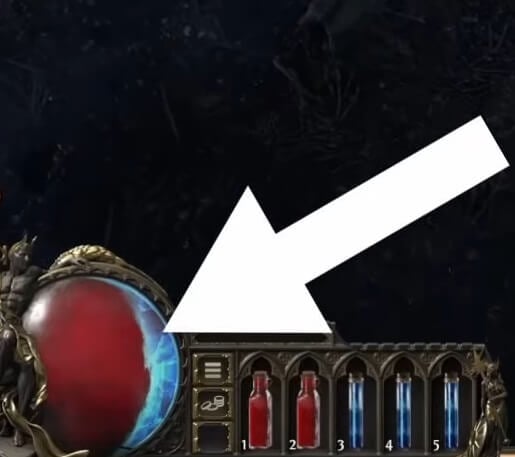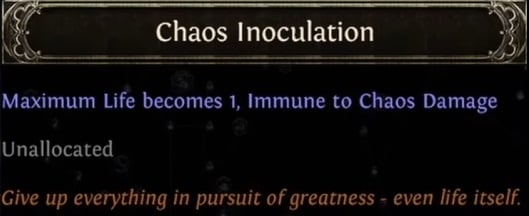Attributes are made up of strength(STR), dexterity(DEX) and intelligence(INT). Each piece of equipment and each skill gem that a character uses will have an attached requirement which includes attributes and a necessary character level – a character must meet these requirements to be able to equip the item or socket the skill gem.
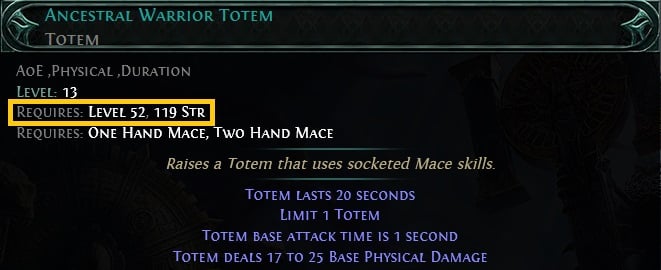
Attributes in Path of Exile 2 also provide stats of their own which differ from those granted in Path of Exile 1.
Strength : +2 to maximum Life per 1 STR
Dexterity: +5 to Accuracy Rating per 1 DEX
Intelligence: +2 to maximum Mana per 1 INT
Attributes are at the core of character build archetypes and are strongly linked with class type based on the passive skill tree starting location. For example, a two-handed mace weapon requires a large amount of strength to equip – many melee and mace-centric passive tree nodes appear in the lower-left third of the passive skill tree and the classes that start in this location will typically have synergy with mechanics that relate to strength, such as life, melee and generic physical damage. In this regard, the passive skill tree has attribute alignments where you'll typically find mechanics associated to a specific attribute in its related third – the closer you move to where two attribute alignments would meet, the more you'll begin to find nodes that combine archetypal stats together. For example in the image below, where red(STR) meets blue(INT), you may find nodes which provide equal increases to armour and maximum energy shield.

Path of Exile 2 will introduce a new type of attribute requirement related to support gems. Each support gem that a character uses will add to any requirements they already have to provide a new total that much be met. For example, the image below shows the Added Cold Damage support gem which imposes +5 INT to a character's attribute requirements.

Each support gem used will impose +5 to an attribute based on the gem's colour. Red support gems add a strength requirement, green support gems add a dexterity requirement and blue support gems add an intelligence requirement.
Players will be able to easily solve attribute requirements in regards to gems and gear, especially during campaign levelling, using a new feature on the passive skill tree: selectable attribute nodes.
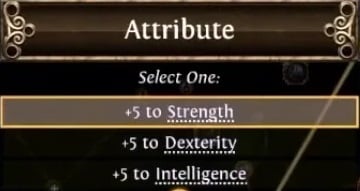
The travel nodes between skill tree clusters, also known as 'highway' nodes, will have a choice between +5 STR, +5 DEX or +5 INT to provide support in being able to easily swap and use new support gems as and when. You'll also be able to freely respec your choice on nodes you've already allocated.















